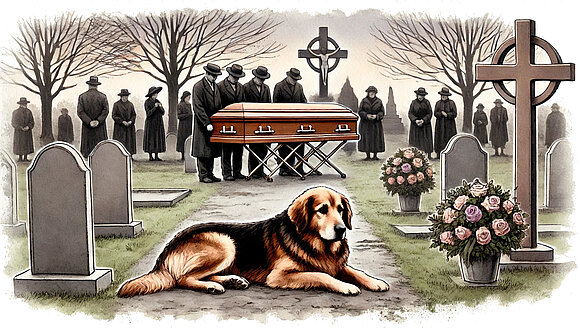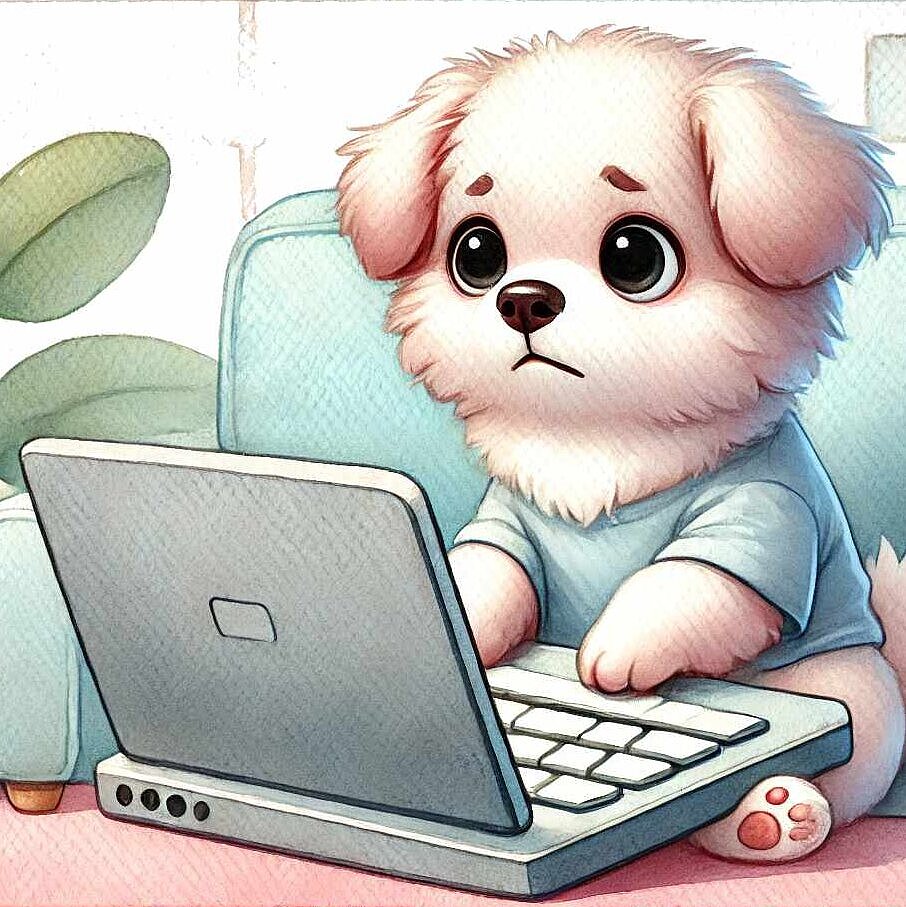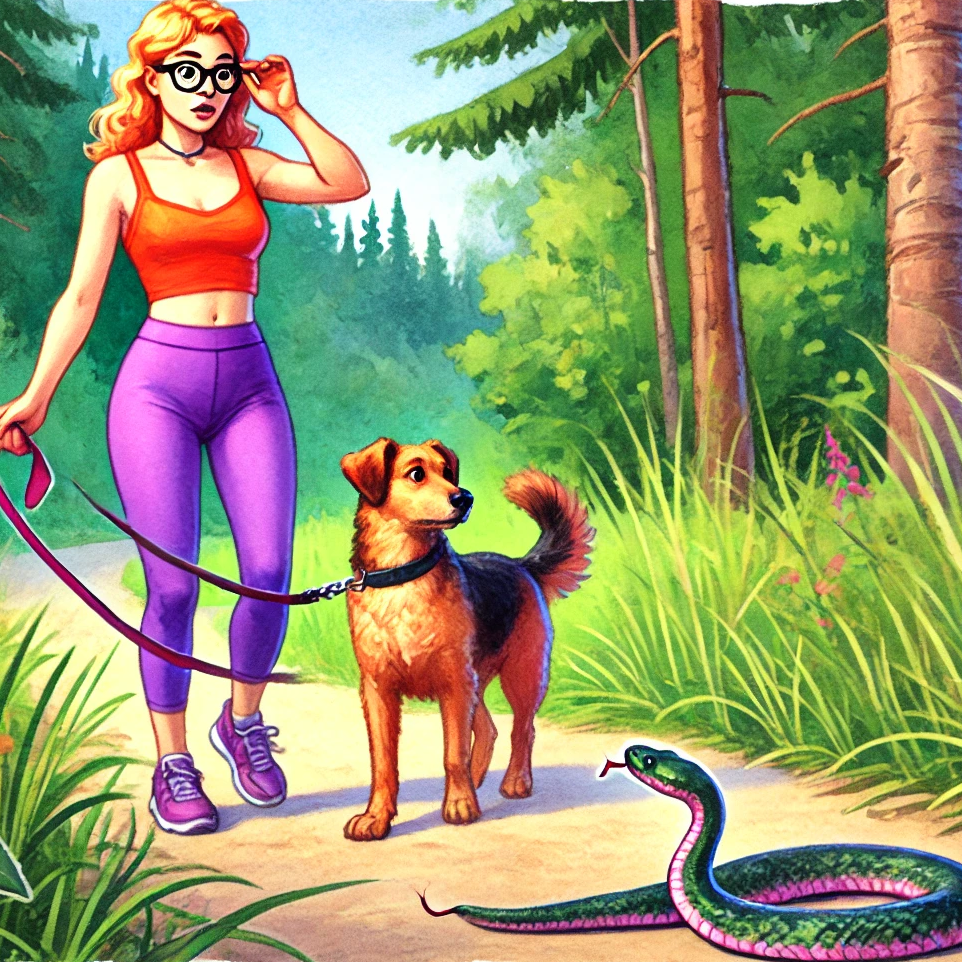Farewell and new beginnings: When the dog owner dies - What now?

1. first steps after the death
Keep calm and seek support
The death of a dog owner is not only an emotionally stressful situation for the human relatives, but also for the dog. First of all, you should remain calm and seek support, whether from family members, friends or neighbors who also knew and liked the dog.
Comfort the dog
Dogs are very sensitive and can sense the sadness and confusion of those around them. Give the dog attention and comfort to make it feel safe and secure. Familiar rituals and a regular daily routine can help the dog to calm down and feel less stressed.
2 Legal and organizational matters
Who takes responsibility?
If the dog owner has not left a will that regulates the care of the dog, it must be decided who will take responsibility for the dog. In many cases, family or close friends will step in. It is helpful to talk to potential adopters in advance and put this in writing.
The legal status of the dog
Dogs are legally considered property. When settling the estate, the dog is therefore treated as property. This means that the heirs theoretically decide what happens to the dog. It is therefore important to make clear arrangements in advance to ensure that the dog ends up in good hands.
Care and grooming of the dog
Make sure that the dog is well cared for during the transition period. This includes food, water, regular walks and veterinary care. It can be helpful to keep a written record of all relevant information about the dog (e.g. food preferences, medication, vet) and pass it on to the carer.
3. the search for a new home
Family and friends
Family and friends of the deceased dog owner are often the first point of contact. They know the dog and its needs and can offer it a familiar environment. Discuss in advance whether someone is willing to take on long-term responsibility for the dog.
Animal shelters and animal welfare organizations
If there is no one in your personal environment who can take on the dog, animal shelters and animal welfare organizations are another option. These facilities can help to find a new, loving home for the dog. Many organizations also offer foster homes that will take the dog in temporarily until a permanent home is found.
4. emotional support for the dog
Grief in dogs
Dogs also grieve the loss of their owner. They may show behavioral changes such as loss of appetite, increased sleeping or increased whining. Patience and attention are particularly important at this time. Try to give the dog plenty of attention and give it the opportunity to process its grief.
Build new bonds
When the dog moves to a new home, it is important that it is given time to get used to the new environment and new people. Patience, love and a structured daily routine will help the dog to settle in and form new bonds.
Conclusion
The death of a dog owner is a difficult and emotional time, both for the human relatives and for the dog. However, with the right preparation and support, it can be ensured that the dog is well cared for even after the loss of their loved one. By comforting the dog, sorting out legal and organizational matters and finding him a new loving home, you will help him to cope with the loss and lead a happy life.
More articles for you
Contact form problem fixed
Unfortunately, our contact form has not worked as desired in recent weeks. 😔 Due to an error in the spam detection, normal messages were also incorrectly filtered out.Read moreDangerous encounter: What you should do if your dog is bitten by a snake
It's every dog owner's nightmare: you're out in nature with your four-legged friend, he's sniffing the ground curiously, and suddenly you hear a hissing sound. Before you know it, your dog flinches and you recognize the signs of a snake bite. But don't panic! In this article, you will learn how to…Read moreWhat you should know about cherries for dogs
You may have heard that cherries are good for your health. They contain lots of vitamins, antioxidants and fiber, which can strengthen the immune system and aid digestion. But are cherries also suitable for dogs? And if so, how much and in what form should you offer them to your four-legged friend?…Read more


